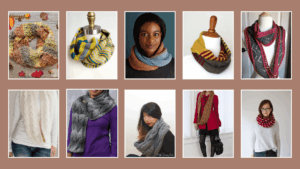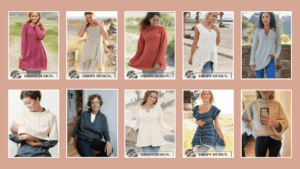Guide to Fair Isle Knitting for Beginners: Plus 10 Awesome Patterns!
Forever a classic and timeless knitting technique!
Forever a classic and timeless knitting technique!
Fair isle knitting is a popular technique used to knit sweaters, cardigans, mittens, and other cozy projects. The name derives from one of the beautiful islands in the Shetland Archipelago called Fair Isle. Other terms used for fair isle knitting are stranded knitting and colorwork.
You can tell if an item is knitted in the fair isle technique if it has beautiful geometric-like shapes knitted into the fabric. Fair isle is also used to depict nature using contrasting yarn colors.
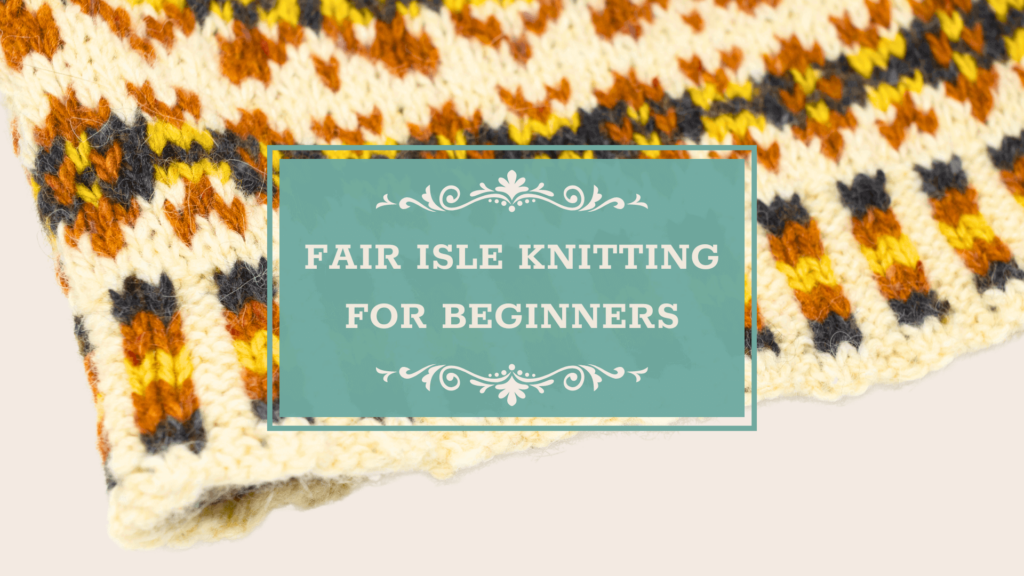
Rule of thumb in fair isle knitting is to only knit each row with a maximum of two colors. You can pretty much use as many color combinations as you like as long as you only use a maximum of two each fair isle row. In fact, some fair isle knitters use over 10 colors in a single project. Yes. TEN!
I mentioned that fair isle is sometimes referred to as “stranded knitting/ colorwork” but they’re not exactly the things. Yes, these methods use the combination of different yarn colors to create their designs. However, there are a few key differences between them.
Fair isle is a type of colorwork knitting where you use one to two yarn colors per row. These contrasting yarn colors are only carried over a limited number of stitches — typically no more than 3 to 4 stitches — in between. By using fair isle knitting, you’ll end up with shorter “ladders” at the back of your project.
Fair isle also only uses the stockinette stitch to create a flat and drape-y knit fabric surface. This results in smooth and seamless color changes!
It’s important to remember that fair isle is typically knitted in the round. Knitting a flat fabric will result in edges that curl like crazy and will need to extra TLC to smoothen out. But more on this later.
Colorwork, sometimes called “stranded colorwork”, is more of an umbrella term that refers to knitting techniques that use multiple colors in knitted fabric. A good example of colorwork knitting (that is not fair isle) is Intarsia.
In other colorwork techniques, you can see much longer yarn ladders behind the knit fabric. You might also find loose yarn tails that need to be sewn in. Three or more colors can also be used each row of non-fair isle colorwork knits.
It’s almost like the frog and toad analogy. Fair isle is a type of colorwork knitting, but not all colorwork knitting is fair isle!
Fair isle knitting can be a bit fidgety. But there are a few knitting materials that can help make things a little easier for you. So let’s talk about them:
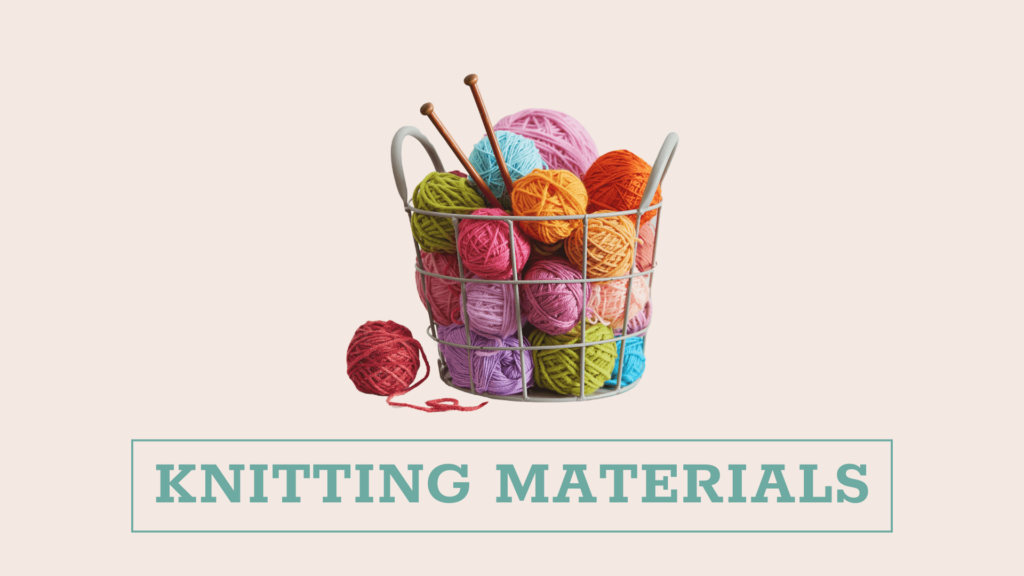
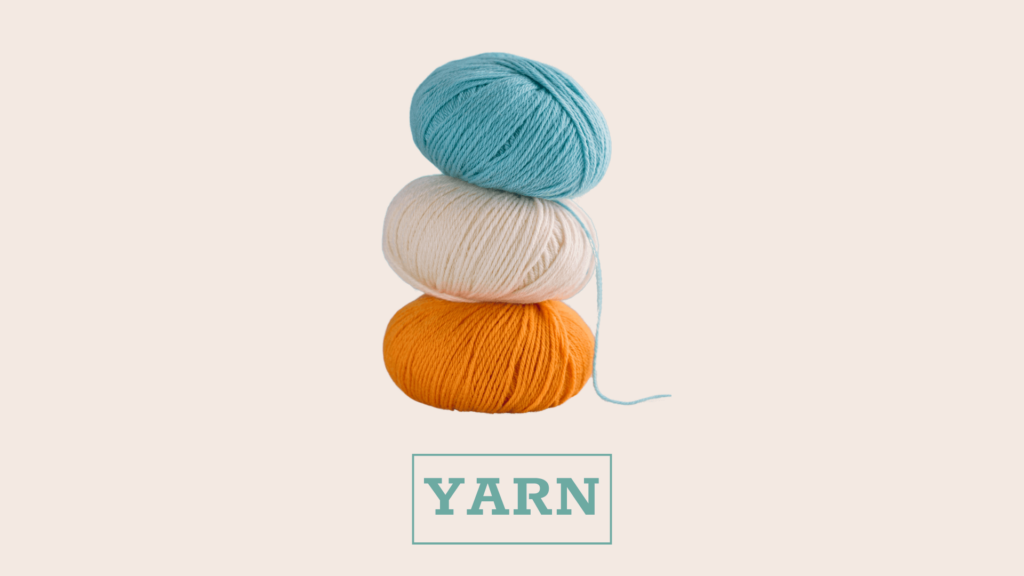
Fair isle is traditionally made using fingering weight Shetland wool. But beginners can start off with most stretchy yarn types. But keep in mind that fair isle creates a thick, dense fabric. So using thicker yarn weights will give you a really heavy knit garment.
Learn everything you need to know about yarn weights from our blog linked below:
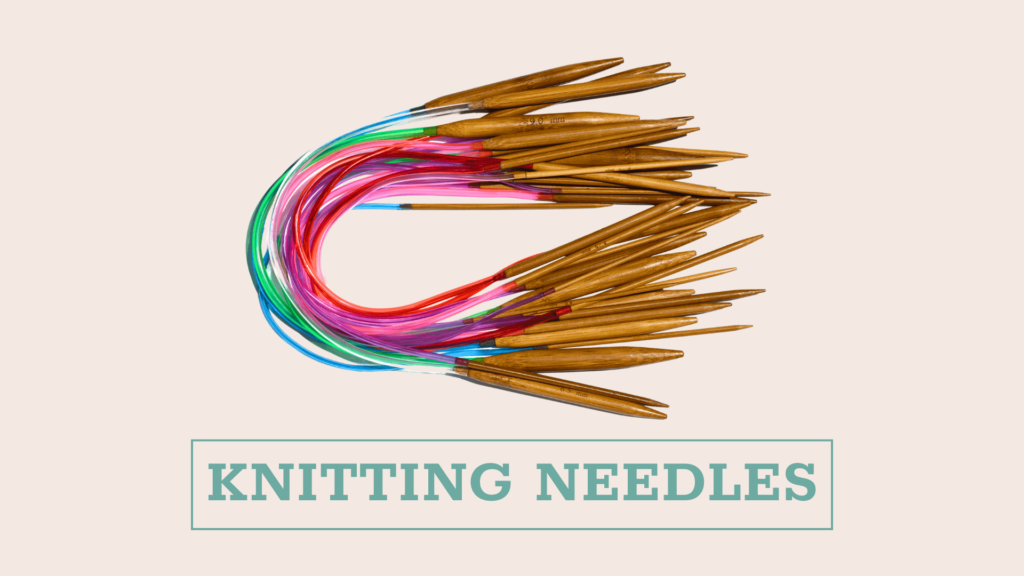
Your knitting needles can make or break your fair isle knitting experience. Two of the best needles to use for fair isle knits are circular knitting needles and double pointed knitting needles (DPNs).
Circular Knitting Needles
Circular knitting needles are perfect for projects that are knitted in the round. So it’s safe to say that these will be your best friends in fair isle knits! There are two types of circular knitting needles:
Double Pointed Knitting Needles (DPNs)
DPNs are small needles that often come in bundles of four to six and are around 3 to 8 inches long. These are perfect for smaller projects that are knitted in a round. But can be tricky for beginners to work with because of how easy it is for loops to slide off the other end.
Learn everything you need to know about knitting needles from our blog linked below:
Knitting Needles for Beginners: Choosing Straight, DPN, and Interchangeable Knitting Needles!

Unless you’re making a fair isle pattern from scratch, you will need knitting charts. Knitting charts are graphic representations of a written knitting pattern. they give the knitter a better look at how a stitch sequence should look like.
These charts will have symbols indicating what stitch to make and these symbols will depend on the designer. For example, some knitters will mark knit stitches as X’s and purls as dash lines (-).
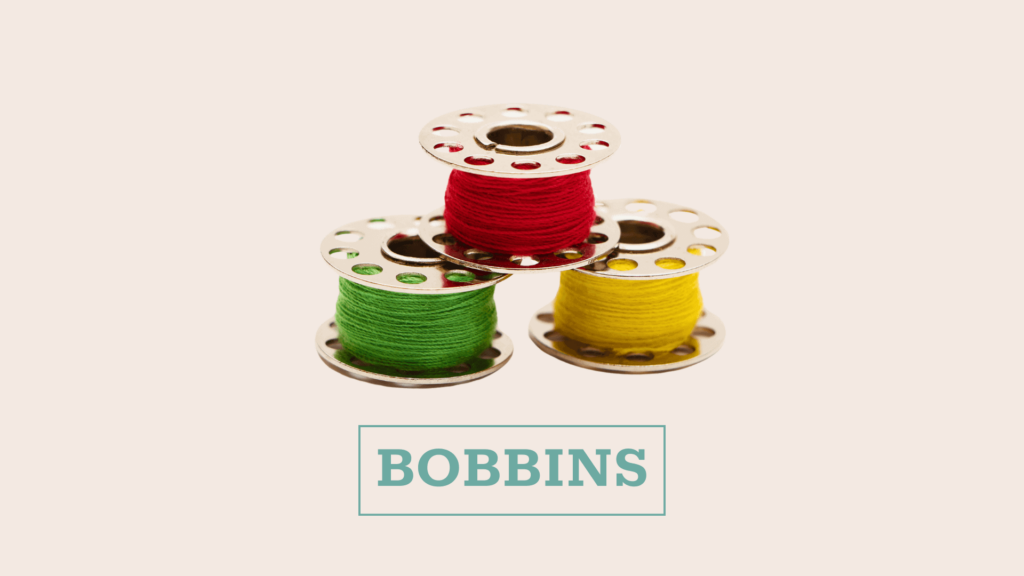
Fair isle knitting involves dealing with multiple colors in a single project. Bobbins will help you avoid tangles, bunching, and even dropped stitches. You can find cute bobbins on Amazon or from your local craft store.
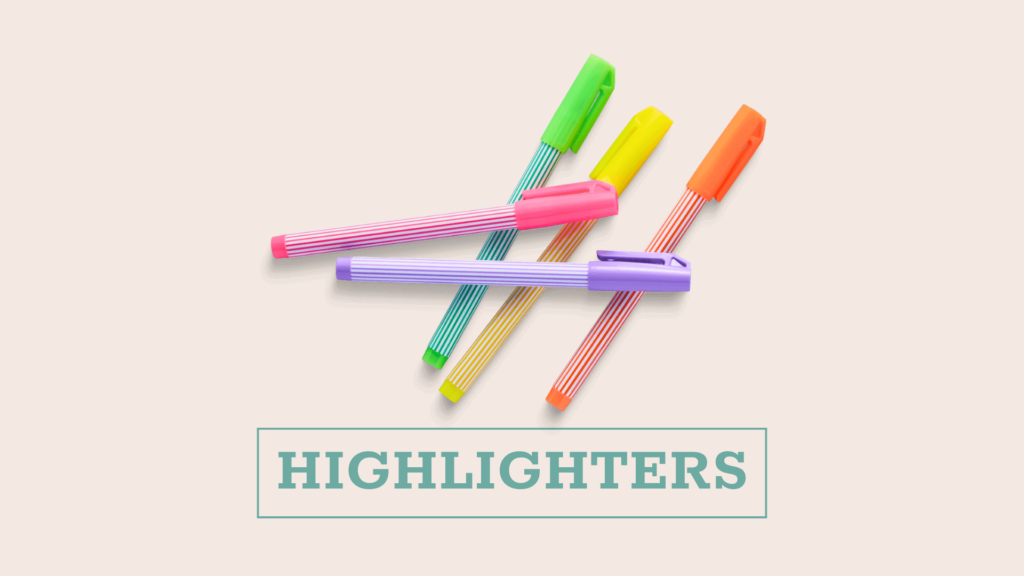
Highlighters are fantastic for helping you keep track of your stitches and rows. Just highlight where you are in your pattern using your favorite color as you work. You can find cheap highlighters in Amazon and craft stores in your city!
A whole new knitting technique will bring about a new round of challenges. So let’s tackle some helpful tips and talk about some common troubleshooting tidbits:
Fair isle has many common abbreviations with “regular” knitting. But some notable ones that you will encounter are:
Bunching is a common issue in fair isle knitting. But you can stop this from happening by simply turning your work inside out! The lumpiness in your fabric may be caused by yarn floats that are too short.
This ensures that your floats or “ladders” are long enough to stop your work from becoming lumpy!
Shorter floats or “ladders” in your knits will give you better control over the tension in your project. This is also crucial in avoiding a lumpy garment.
Blocking may be optional for other knitting techniques, but not with fair isle! This time, it’s an absolute MUST. Blocking your fair isle garment will improve the look of your stitches and even out the bumps leaving a neater finish.
Learn how to block your fair isle fabric from out step-by-step blog tutorial below:
Fair isle knitting has lasted throughout all these years for good reason: it’s gorgeous and completely achievable for many intermediate beginners! Today, we learned the differences between fair isle knitting and colorwork. We also touched on some useful tools that will help you in your fair isle knitting journey.
Despite how difficult it looks, fair isle is much easier to get started on compared to other colorwork techniques. You just have to take things slow. Even fair isle pros go slow and steady when working on these magical fair isle designs.
Ready to give fair isle knitting a try? Here are some free patterns for you to practice on:

